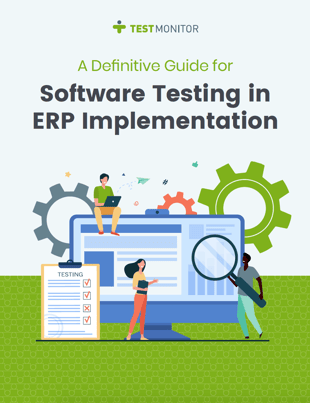Given both the important and varied functions that ERP systems play in an organization and the implementation team’s desire to deliver a system that meets both functional and technical requirements, the role of the testing phase cannot be understated.
As outlined in the phase overview above, ERP testing encompasses several different activities and the participation of many organizational stakeholders. In particular, the following types of ERP testing activities are often performed during the implementation project:
- Functional Testing: As a form of black-box testing, this method of software testing examines what the software is supposed to do. Test cases are designed from functional requirements and end users validate if the requirements are met in the delivered software.
- Integration Testing: This testing evaluates the ability of the ERP system to connect to the necessary data, properly pass and receive it, and perform its functions or facilitate other systems’ functions. This testing also evaluates the accuracy and integrity of the data passed.
- Performance Testing: This form of testing ensures that the software can handle the expected processing loads without failure or degradation of performance. It also determines the maximum loads the system can manage in the event of high use or high demand, such as during a month-end financial close.
- Security Testing: Given the range of important data ERP solutions process, such as employee and financial data, this form of testing evaluates security controls and determines potential vulnerabilities to help to minimize the chances of a breach or incident.
- Regression Testing: In the case of a phased implementation or follow-on patches and upgrades, this form of testing ensures that the new components do not negatively interfere with the live production elements.








